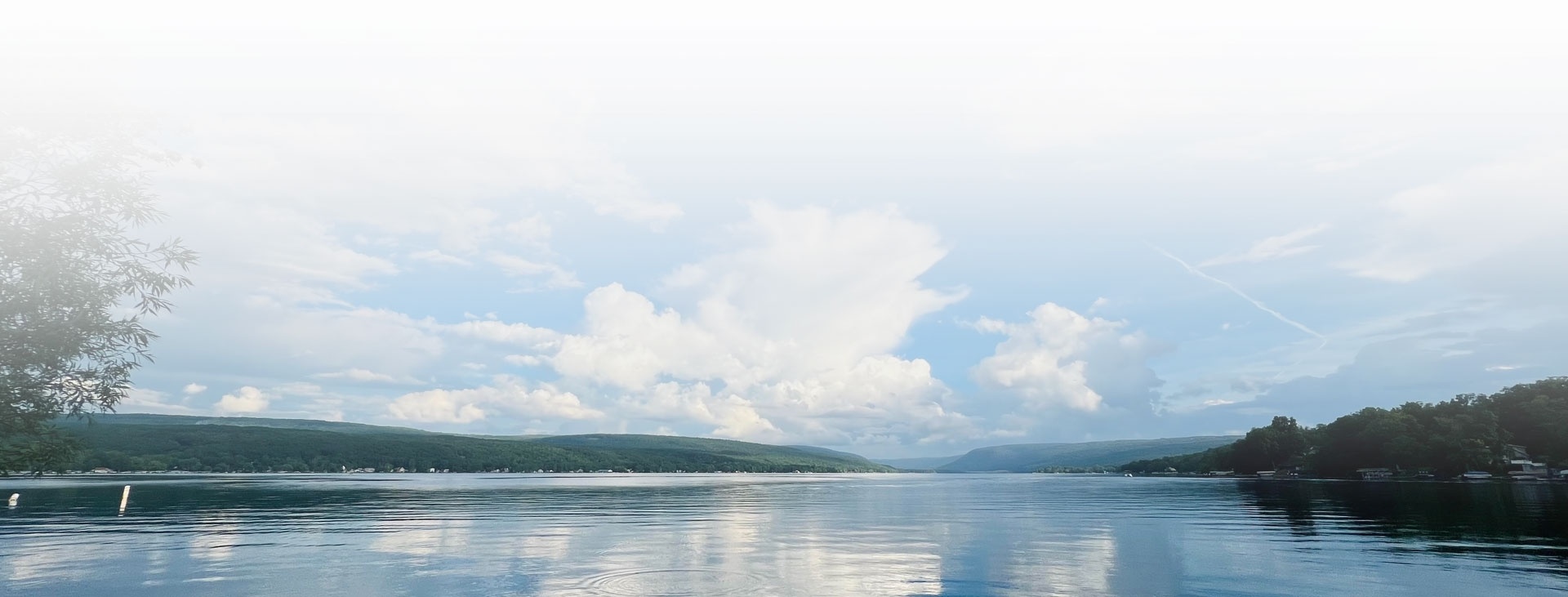Scenic landscapes, history, vineyards, and more!
The Finger Lakes region in New York encompasses over 9,000 square miles, including the 11 Finger Lakes, part of Lake Ontario and a section of the Erie Canal.
Glaciers carved out the Finger Lakes themselves as well as some of the beautiful surrounding landscape. Gorges and waterfalls can be found throughout the Finger Lakes region, particularly at Watkins Glen State Park, where 19 waterfalls can be seen in less than two miles.
The Finger Lakes is probably best known for the top-quality wines produced in this region. It all started when Dr. Konstantin Frank grew the first vinifera grapes in this region. Now the region is considered one of the best wine regions in the world, specializing in vinifera grapes and producing some of the best Rieslings in the world. Other farm-based beverages such as cider, beer and distilled spirits are becoming more and more popular in the Finger Lakes as well.
This region is also rich in history. Women's Rights, the Underground Railroad and aviation were greatly affected by those in the Finger Lakes region.
The beautiful scenery is making this region more and more popular for destination weddings. Many Finger Lakes wedding venues overlook one of the Finger Lakes or scenic vineyards that make up much of the land surrounding the lakes themselves.
The Finger Lakes is a vast and diverse region that features something for everyone. If you visit the region, you are certain to find a wide array of activities that will make your next vacation unforgettable.







